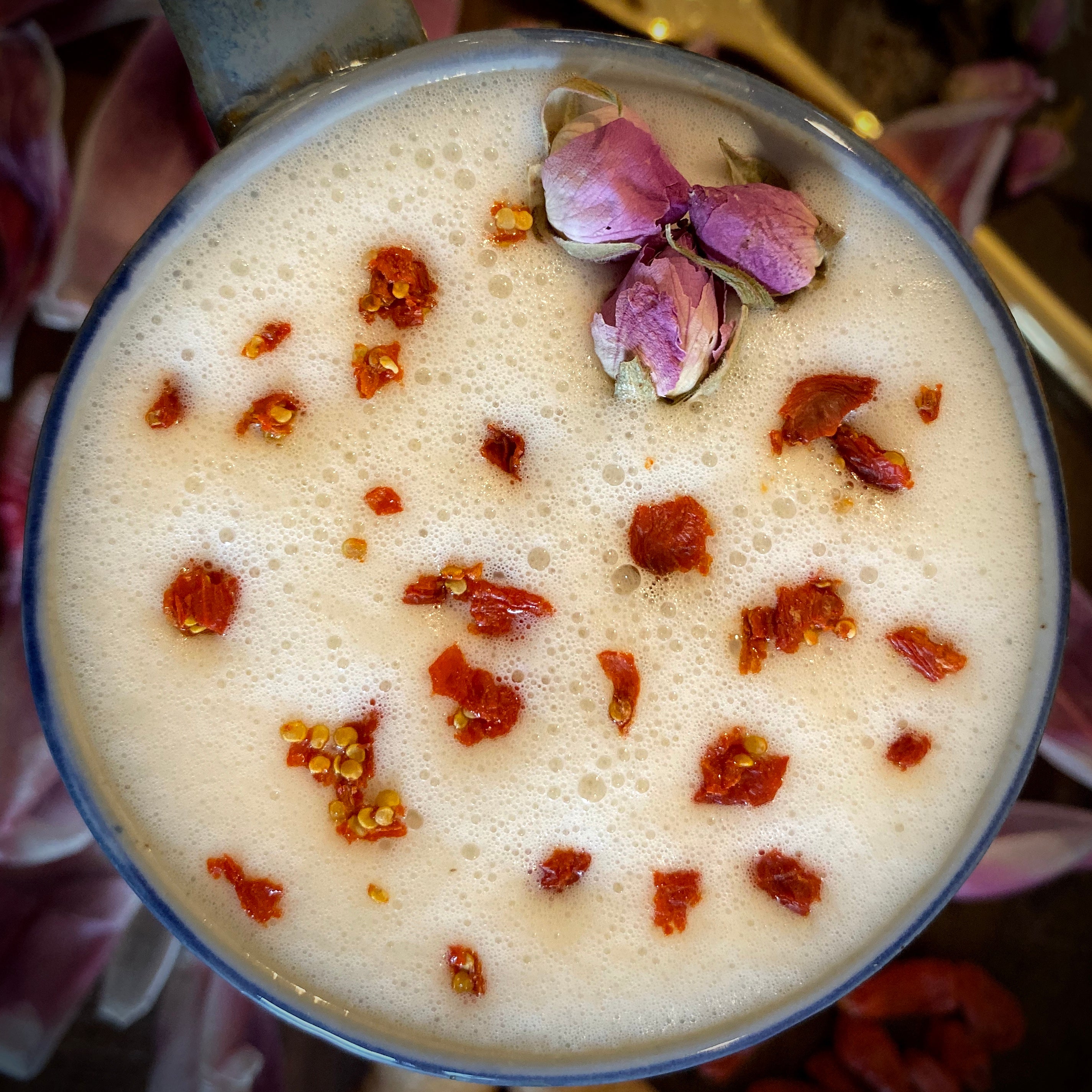August 10, 2016

If you’ve been watching the Rio Olympics by now you’ve probably seen red circular marks on several Olympians. American swimmer Michael Phelps won his 19th, 20th, and 21st gold medals proudly displaying the markings all over his body. These marks are from an ancient therapy called Cupping where negative pressure cups are placed on and/or moved around different parts of the body.
The earliest record of it’s use can be found in the Ebers Papyrus from Egypt which dates back to 1550 BC (1). It is also mentioned in the Bo Shu, an ancient book found in a tomb that was sealed shut in 168BC during the Han Dynasty (2). Cupping has been used by practitioners for thousands of years to promote healing from various conditions and relieve tension and muscle aches.
The ancient practitioners would accomplish a vacuum suction by adding a flash of heat or fire inside a cup commonly made of bamboo, then immediately place it on the body. As the air inside the cup cools, suction is created and the skin and the surrounding tissues are drawn upwards bringing blood flow and oxygen to the area to promote healing. Today acupuncturists still use fire cupping but we also use modern materials such as glass, plastic or silicone cups that can create the same response without the use of heat or fire.
Cupping can be done anywhere on the body but most commonly it is done on the back, neck and shoulders. As an acupuncturist we would first ask questions about your medical history and the main reason why you are seeking cupping.
If deemed appropriate then according to your diagnosis we would place one or more cups on various areas of the body. Sometimes the cups are left in place for a few minutes, other times massage oil is applied and the cups are moved around creating a massage like sensation. Acupuncturists commonly perform cupping immediately before or following an acupuncture session. We also combine it with other techniques such as gua sha and massage but it is not uncommon to have a cupping only session.
Depending on the individual and the condition being treated, the longer the cups are left in place the darker the marks will be on the body. You can expect the marks to disappear within two weeks.
Acupuncturist use cupping to treat a wide variety of conditions including muscle aches and pains, migraines, arthritis, the common cold, bronchitis, cough, asthma, indigestion, skin issues such as eczema, rashes, acne and herpes. Cupping is also used to treat scars, cellulite, and to tighten the skin on the face, abdomen, buttocks, and thighs.
As with any form of therapy cupping has many cautions and contradictions. Cupping requires an advanced level of training and knowledge of the body as well as an understanding of the patient and his or her medical conditions. Be wary of practitioners with little or no training or those claiming they invented a “new technique” or form of cupping therapy. If you are going to get cupping seek out an acupuncturist or an equally trained and experienced professional that takes the time to address your needs and medical history.
3. Cupping Therapy: An Essential Guide to Cupping Therapy, How it Works, and It's Benefits
December 21, 2019 0 Comments
With a vast drop in temperature, darker skies and rainy days, winter is the most yin of all the seasons. It is associated with the kidney and bladder organs, the color black, the element water, the emotion fear, and salty and bitter flavors.
December 06, 2019 0 Comments

Goji berries are one of the most well known Chinese herbs in the US. Used for over 2000 years in China, they were first mentioned in the Shen Nong Ben Cao Jing, the oldest known book on Chinese herbs in 200 BC. They are prized for their ability to tonify blood and yin without causing stagnation. Consumed daily in China as a food and herbal medicine, goji berries are revered for their anti-aging properties. They are used in many beauty tonics.